Key Takeaways
- You can vacuum seal leftovers to keep them fresh for longer.
- To vacuum seal leftovers, first, make sure they are cool and then place them in a freezer bag.
- Remove as much air as possible from the bag before sealing it
If you’re looking for a way to keep your leftovers fresh and delicious, you may be wondering if vacuum sealing them is a good idea.
In this article, we’ll answer all of your questions about vacuum sealing leftovers, including whether it’s safe and how long sealed leftovers will last.
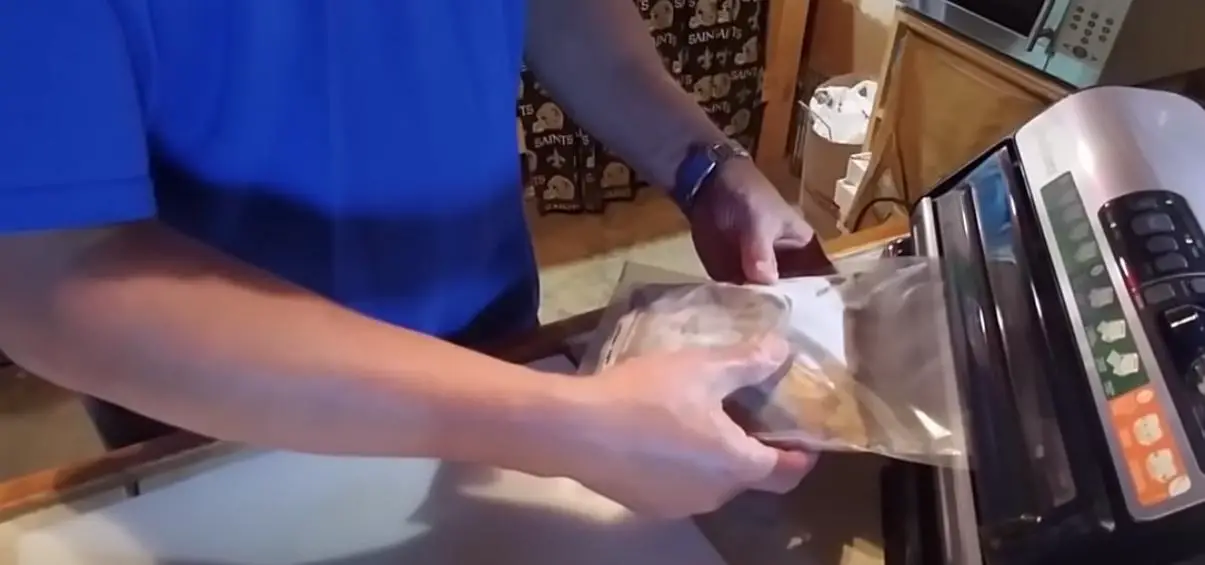
Can you vacuum seal leftovers?
If you’re like most people, you probably have some leftover food in your fridge from time to time. But what do you do with it? You could throw it away, of course, but that’s wasting perfectly good food. And who wants to do that?
Instead, why not vacuum seal your leftovers? Vacuum sealing is a great way to keep food fresh for longer periods of time. Plus, it’s super easy to do! All you need is a vacuum sealer and some plastic bags.
Here’s how it works: first, place your leftovers in a plastic bag. Then, use the vacuum sealer to suck all the air out of the bag. This will create a tight seal around the food, which will prevent oxygen from getting in and make the food go bad.
Vacuum-sealed leftovers will stay fresh for much longer than regular leftovers – often up to several weeks! So if you’re looking for a way to save money and reduce waste, vacuum sealing is definitely worth considering.
How long do vacuum-sealed leftovers last?
When it comes to storing leftovers, vacuum sealing is the way to go if you want them to last.
Vacuum-sealed leftovers can last 2-5 times longer than food stored using other methods, so if you’re looking to save some money and reduce food waste, it’s worth investing in a good vacuum sealer.
There are a few things to keep in mind when vacuum sealing leftovers, though. First, make sure the food is properly cooled before sealing.
If it’s too hot, the steam can cause the bag to break and ruin your food. Second, be sure to label your bags with the date and contents so you know how long they’ve been sealed.
What foods should be avoided when vacuum sealing?
When it comes to vacuum sealing, there are some foods that you should definitely avoid. This is because harmful bacteria can only grow in an air-free setting.
So, it is important to wash and dry all fruits and vegetables before vacuum sealing them.
However, there are some types of food that should not be vacuum sealed, such as soft cheese, onions, and garlic. Let’s take a closer look at each of these items.
Soft cheese – When it comes to soft cheese, you need to be careful about how long you store it in a vacuum sealer. This is because the lack of oxygen can cause the cheese to spoil quickly.
So, if you’re planning on storing soft cheese for more than a few days, it’s best to keep it in the fridge or freezer instead.
Onions – If you’re going to be storing onions in a vacuum sealer, make sure they are completely dry first. Otherwise, they will start to rot very quickly. Additionally, don’t store them next to other foods since they can absorb their flavors (and no one wants onion-flavored ice cream!).
Garlic – Garlic is another food that needs to be stored properly when using a vacuum sealer. Like onions, garlic will start to rot quickly if it isn’t dried off completely before being sealed up.
Additionally, whole heads of garlic should not be stored in a vacuum sealer since they won’t last as long this way (it’s better to store individual cloves).
Can you vacuum seal and freeze leftovers?
Vacuum sealing is a great way to keep your food fresh and extend its shelf life. But can you vacuum seal and freeze leftovers? The answer is yes!
When it comes to freezing, vacuum sealing can help prevent freezer burn. Freezer burn occurs when moisture escapes from food and evaporates in the freezer. This causes the food to become dry, hard, and discolored.
Vacuum sealing helps prevent this by creating an airtight seal around the food. This not only keeps moisture in but also keeps oxygen out – which can cause spoilage.
Not all foods are suitable for freezing though. For example, cooked rice can become mushy when thawed, so it’s best to eat it within a few days of cooking.
And while you can vacuum seal raw meat and fish, it’s important to note that these items must be properly frozen before sealing them – otherwise bacteria could grow and lead to food poisoning.
What are the benefits of vacuum-sealing leftovers?
When it comes to leftovers, most people are content to just put them in a tupperware and hope for the best. But what if there was a better way? Vacuum sealing your leftovers can provide many benefits that you may not have considered.
For starters, vacuum sealing can help extend the shelf life of your food. By removing all the air from the container, you create an environment where bacteria cannot thrive. This means that your food will last longer, both in the fridge and freezer.
In addition to extending the life of your food, vacuum sealing can also help you save money. That’s because it prevents food waste – one of the leading causes of wasted money in households around the country. When you seal your leftovers properly, you know they’ll taste just as good tomorrow as they do today. So there’s no need to throw them out after a few days or weeks in the fridge.
Finally, many people find that sealed leftovers simply taste better than non-sealed leftovers. That’s because all the flavors are concentrated within the sealed container without any outside air diluting them.
Are there any risks associated with vacuum-sealing leftovers?
Vacuum-sealing leftovers is a great way to extend their shelf life and reduce food waste. However, there are some risks associated with this method of storage.
The main risk is the growth of harmful bacteria in an air-free environment. Vacuum sealing can also create anaerobic conditions which are ideal for the development of botulism.
HACCP is a management plan designed to control the risks to food throughout the vacuum sealing process. By following proper procedures and keeping detailed records, you can ensure that your food will be safe to eat.
What types of food can be safely sealed using a vacuum method?
Almost any food can be safely sealed using a vacuum method, with the exception of certain items that require more care during the sealing process.
For example, delicate fruits and vegetables like berries or leafy greens can be easily damaged when exposed to too much air pressure. Likewise, foods that are high in fat content can become rancid if not properly sealed.
In general, however, vacuum sealing is an effective way to keep food fresh for longer periods of time.
By removing all the air from around the food, you create an environment that is inhospitable to bacteria and other microorganisms that cause spoilage. This means that foods will stay fresh for days or even weeks after being vacuum sealed.
So what types of food can you safely seal using this method? Pretty much anything! Meats, poultry, seafood, fruits, vegetables, grains, nuts…the list goes on and on.
How does vacuuming sealing impact the taste or quality of food?
Vacuum sealing is a process that removes air from a container before sealing it. This can help to preserve the taste and quality of food by reducing bacterial load and oxidation.
Vacuum-sealed foods can retain their natural moisture content and oils, as well as their flavor, which helps to extend the shelf life of food.
There are many benefits to vacuum-sealing food, especially when it comes to preserving its taste and quality.
By removing air from the container, you are also removing oxygen which can cause oxidation in food. This process also reduces the amount of bacteria present, which can help to keep food fresh for longer periods of time.
Additionally, vacuum-sealed foods often retain more of their natural moisture content and oils than those that are not sealed, helping to keep them flavorful for extended periods.
If you are looking for ways to preserve the taste and quality of your food, vacuum sealing may be a good option for you.
If I have leftover perishable items, is it better to store them in the fridge or freezer after vacuum-sealing them?
If you have leftover perishable items that you need to store, it is better to vacuum seal them and store them in the freezer. Vacuum sealing will help to keep the food fresh and prevent freezer burn.
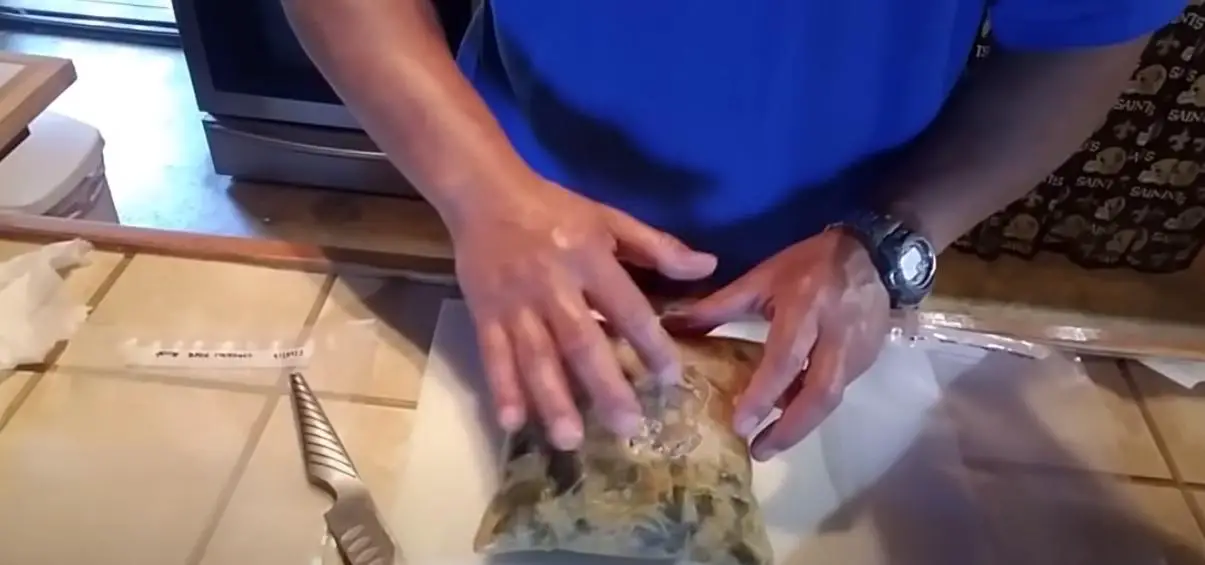
Final Verdict
You can vacuum seal leftovers, but you should not do so with hot foods. Vacuum sealing helps to preserve, protect, and prolong the shelf life of food. When done correctly, it can help keep your food fresh for longer periods of time.
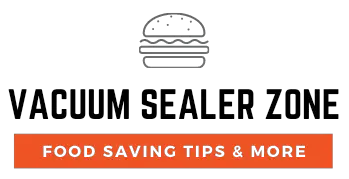
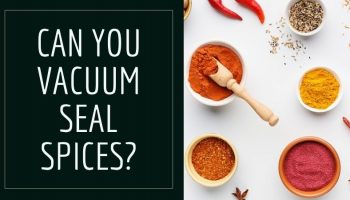
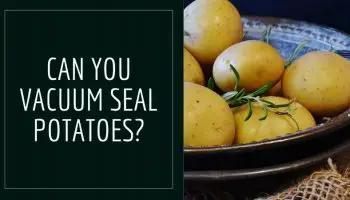
![Can You Vacuum Seal Tomatoes? [The Proper Way!]](https://vacuumsealerzone.com/wp-content/uploads/2021/08/Can-You-Vacuum-Seal-Tomatoes-350x200.jpg)